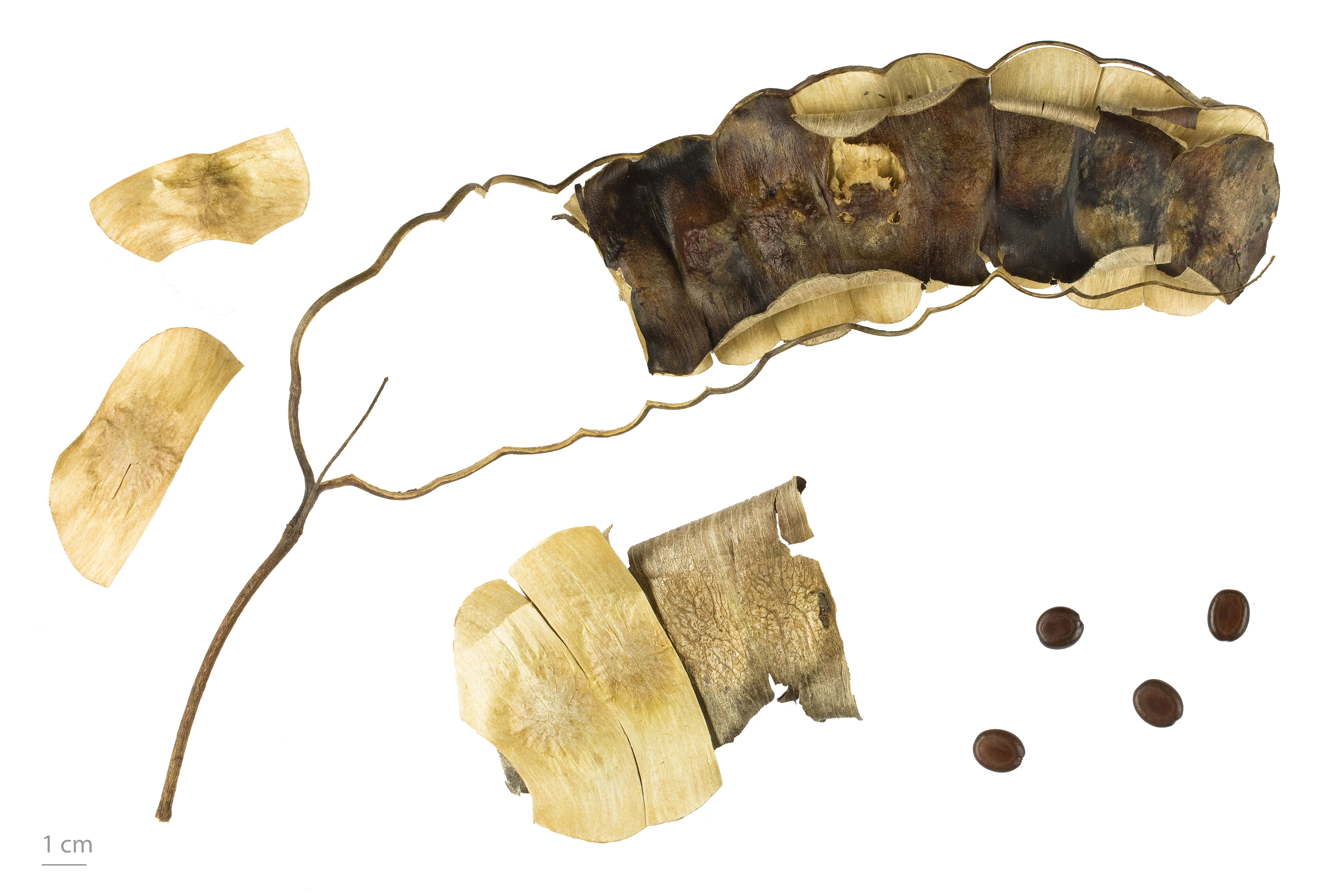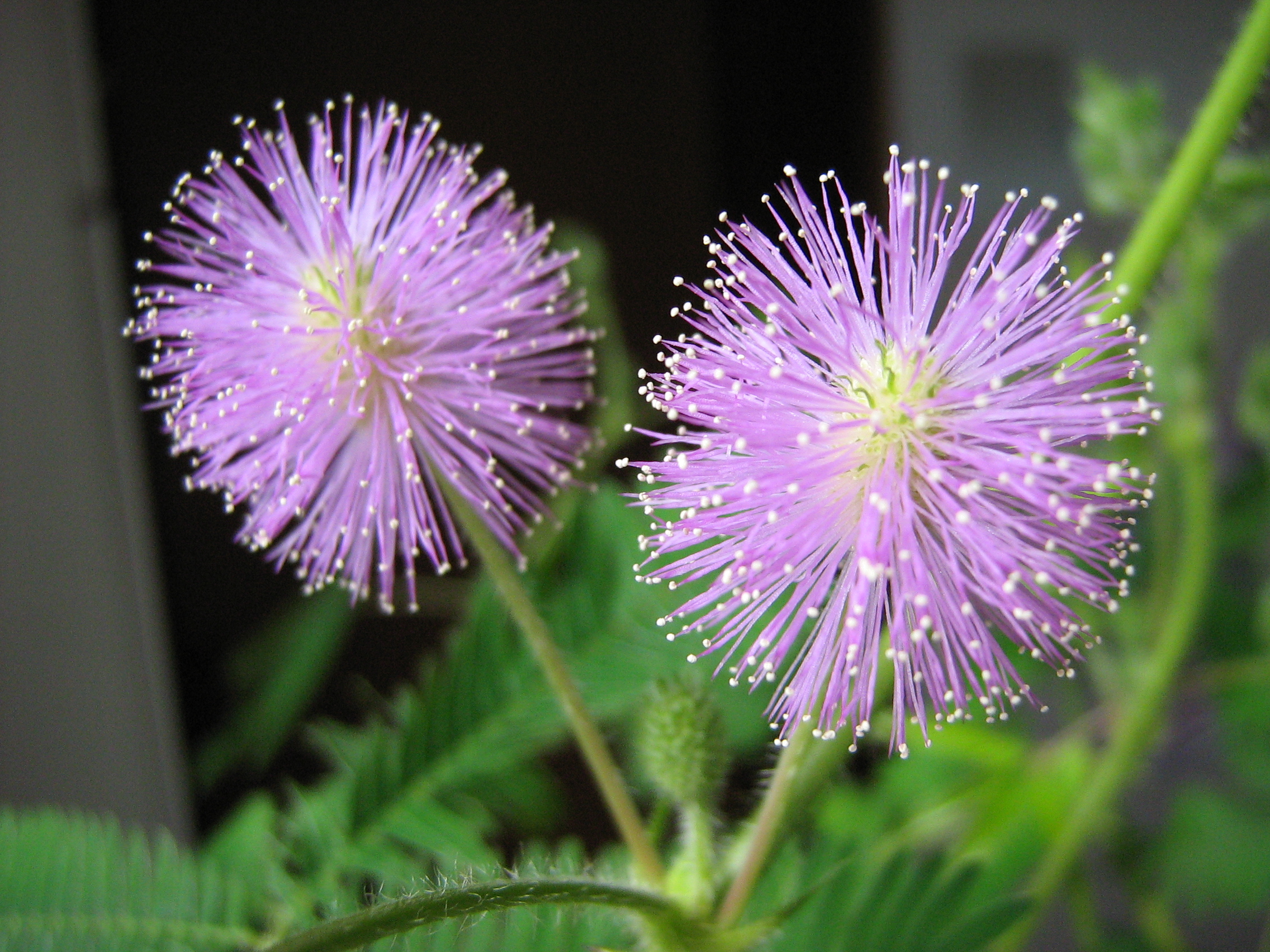|
Eurema Floricola
''Eurema floricola'', the Malagasy grass yellow, is a butterfly in the family Pieridae. It is found in Sierra Leone, Ivory Coast, Ghana, Nigeria, the Democratic Republic of Congo, Burundi, Kenya, Tanzania, Zambia and on Madagascar, the Comoros, Mauritius, Réunion and the Seychelles. Its habitat consists of the forest/savanna transition zone. The larvae feed on ''Desmanthus virgatus'', ''Caesalpinia bonducella'', ''Leucaena glauca'', ''Mimosa'' and ''Entada ''Entada'' is a genus of flowering plants in the family Fabaceae, in the mimosoid clade of the subfamily Caesalpinioideae. It consists of some 30 species of trees, shrubs and tropical lianas. About 21 species are known from Africa, six from A ...'' species. Subspecies *''Eurema floricola floricola'' (Madagascar, eastern Tanzania) *''Eurema floricola aldabrensis'' Bernardi, 1969 (Seychelles) *''Eurema floricola anjuana'' (Butler, 1879) (Comoros) *''Eurema floricola ceres'' (Butler, 1886) (Mauritius, Reunion) *''Eurema f ... [...More Info...] [...Related Items...] OR: [Wikipedia] [Google] [Baidu] |
Jean Baptiste Boisduval
Jean Baptiste Alphonse Déchauffour de Boisduval (24 June 1799 – 30 December 1879) was a French lepidopterist, botanist, and physician. He was one of the most celebrated lepidopterists of France, and was the co-founder of the Société entomologique de France. While best known abroad for his work in entomology, he started his career in botany, collecting a great number of French plant specimens and writing broadly on the topic throughout his career, including the textbook ''Flores française'' in 1828. Early in his career, he was interested in Coleoptera and allied himself with both Jean Théodore Lacordaire and Pierre André Latreille. He was the curator of the Pierre Françoise Marie Auguste Dejean collection in Paris and described many species of beetles, as well as butterflies and moths, resulting from the voyages of the ''Astrolabe'', the expedition ship of Jean-François de Galaup, comte de La Pérouse and the '' Coquille'', that of Louis Isidore Duperrey. He left Paris ... [...More Info...] [...Related Items...] OR: [Wikipedia] [Google] [Baidu] |
Comoros
The Comoros,, ' officially the Union of the Comoros,; ar, الاتحاد القمري ' is an independent country made up of three islands in southeastern Africa, located at the northern end of the Mozambique Channel in the Indian Ocean. Its capital and largest city is Moroni. The religion of the majority of the population, and the official state religion, is Sunni Islam. As a member of the Arab League, it is the only country in the Arab world which is entirely in the Southern Hemisphere. Comoros proclaimed their independence on July 6, 1975. It is also a member state of the African Union, the ''Organisation internationale de la Francophonie'', the Organisation of Islamic Cooperation, and the Indian Ocean Commission. The country has three official languages: Chi Comori, French and Arabic. The sovereign state consists of three major islands and numerous smaller islands, all in the volcanic Comoro Islands with the notable exception of Mayotte. Mayotte voted against inde ... [...More Info...] [...Related Items...] OR: [Wikipedia] [Google] [Baidu] |
Butterflies Described In 1833
Butterflies are insects in the macrolepidopteran clade Rhopalocera from the order Lepidoptera, which also includes moths. Adult butterflies have large, often brightly coloured wings, and conspicuous, fluttering flight. The group comprises the large superfamily Papilionoidea, which contains at least one former group, the skippers (formerly the superfamily "Hesperioidea"), and the most recent analyses suggest it also contains the moth-butterflies (formerly the superfamily "Hedyloidea"). Butterfly fossils date to the Paleocene, about 56 million years ago. Butterflies have a four-stage life cycle, as like most insects they undergo complete metamorphosis. Winged adults lay eggs on the food plant on which their larvae, known as caterpillars, will feed. The caterpillars grow, sometimes very rapidly, and when fully developed, pupate in a chrysalis. When metamorphosis is complete, the pupal skin splits, the adult insect climbs out, and after its wings have expanded and dried, it fli ... [...More Info...] [...Related Items...] OR: [Wikipedia] [Google] [Baidu] |
Entada
''Entada'' is a genus of flowering plants in the family Fabaceae, in the mimosoid clade of the subfamily Caesalpinioideae. It consists of some 30 species of trees, shrubs and tropical lianas. About 21 species are known from Africa, six from Asia, two from the American tropics and one with a pantropical distribution. They have compound leaves and produce exceptionally large seedpods of up to long. Their seeds are buoyant and survive lengthy journeys via rivers and ocean currents, to eventually wash up on tropical beaches. Species The following species have been accepted: * ''Entada abyssinica'' Steudel ex A. Rich. * ''Entada africana'' Guill. & Perr. * ''Entada arenaria'' Schinz * ''Entada bacillaris'' F.White * ''Entada borneensis'' Ridl. * ''Entada camerunensis'' Villiers * ''Entada chrysostachys'' (Benth.) Drake * ''Entada dolichorrhachis'' Brenan * '' Entada gigas'' (L.) Fawc. & Rendle - sea heart, cœur de la mer (Pantropical) * ''Entada glandulosa'' Gagnep ... [...More Info...] [...Related Items...] OR: [Wikipedia] [Google] [Baidu] |
Mimosa
''Mimosa'' is a genus of about 590 species of herbs and shrubs, in the mimosoid clade of the legume family Fabaceae. The generic name is derived from the Greek word (''mimos''), an "actor" or "mime", and the feminine suffix -''osa'', "resembling", suggesting its 'sensitive leaves' which seem to 'mimic conscious life'. Two species in the genus are especially notable. One is ''Mimosa pudica'', commonly known as touch-me-not, which folds its leaves when touched or exposed to heat. It is native to southern Central and South America but is widely cultivated elsewhere for its curiosity value, both as a houseplant in temperate areas, and outdoors in the tropics. Outdoor cultivation has led to weedy invasion in some areas, notably Hawaii. The other is ''Mimosa tenuiflora'', which is best known for its use in shamanic ayahuasca brews due to the psychedelic drug dimethyltryptamine found in its root bark. Taxonomy The taxonomy of the genus ''Mimosa'' has gone through several periods of ... [...More Info...] [...Related Items...] OR: [Wikipedia] [Google] [Baidu] |
Leucaena Glauca
''Leucaena leucocephala'' is a small fast-growing mimosoid tree native to southern Mexico and northern Central America (Belize and Guatemala) and is now naturalized throughout the tropics including parts of Asia. Common names include jumbay, pearl wattle (called so because of its yellowish white hue), white leadtree, river tamarind, ipil-ipil,tan tan, and white popinac.Ipil-ipil, ''Leucaena glauca'' BPI.da.gov.ph ''Leucaena leucocephala'' is used for a variety of purposes, such as fencing, , , |
Desmanthus Virgatus
''Desmanthus virgatus'' is a species of flowering plant in the legume family that is known by many common names, including wild tantan, prostrate bundleflower, dwarf koa, desmanto, acacia courant, acacia savane, pompon blank,Francis, J. K., Ed''Desmanthus virgatus''.Wildland Shrubs of the United States and its Territories - Thamnic Descriptions. USDA Forest Service. International Institute of Tropical Forestry and Shrub Sciences Laboratory. adormidera, brusca prieta, frijolillo, ground tamarind, guajillo, guashillo, huarangillo, langalet, petit acacia, petit cassie, petit mimosa, virgate mimosa,Cook, B.G., et al. 2005 ''Tropical Forages: An Interactive Selection Tool.'' and slender mimosa, USDA Forest Service. Pacific Island Ecosystems at Risk (PIER). as well as simply desmanthus. It is native to the American tro ... [...More Info...] [...Related Items...] OR: [Wikipedia] [Google] [Baidu] |
Seychelles
Seychelles (, ; ), officially the Republic of Seychelles (french: link=no, République des Seychelles; Creole: ''La Repiblik Sesel''), is an archipelagic state consisting of 115 islands in the Indian Ocean. Its capital and largest city, Victoria, is east of mainland Africa. Nearby island countries and territories include the Comoros, Madagascar, Mauritius, and the French overseas departments of Mayotte and Réunion to the south; and Maldives and the Chagos Archipelago (administered by the United Kingdom as the British Indian Ocean Territory) to the east. It is the least populated sovereign African country, with an estimated 2020 population of 98,462. Seychelles was uninhabited prior to being encountered by Europeans in the 16th century. It faced competing French and British interests until coming under full British control in the late 18th century. Since proclaiming independence from the United Kingdom in 1976, it has developed from a largely agricultural society to ... [...More Info...] [...Related Items...] OR: [Wikipedia] [Google] [Baidu] |
Réunion
Réunion (; french: La Réunion, ; previously ''Île Bourbon''; rcf, label= Reunionese Creole, La Rényon) is an island in the Indian Ocean that is an overseas department and region of France. It is located approximately east of the island of Madagascar and southwest of the island of Mauritius. , it had a population of 868,846. Like the other four overseas departments, Réunion also holds the status of a region of France, and is an integral part of the French Republic. Réunion is an outermost region of the European Union and is part of the eurozone. Réunion and the fellow French overseas department of Mayotte are the only eurozone regions located in the Southern Hemisphere. As in the rest of France, the official language of Réunion is French. In addition, a majority of the region's population speaks Réunion Creole. Toponymy When France took possession of the island in the seventeenth century, it was named Bourbon, after the dynasty that then ruled France. To break ... [...More Info...] [...Related Items...] OR: [Wikipedia] [Google] [Baidu] |
Mauritius
Mauritius ( ; french: Maurice, link=no ; mfe, label=Mauritian Creole, Moris ), officially the Republic of Mauritius, is an island nation in the Indian Ocean about off the southeast coast of the African continent, east of Madagascar. It includes the main island (also called Mauritius), as well as Rodrigues, Agaléga and St. Brandon. The islands of Mauritius and Rodrigues, along with nearby Réunion (a French overseas department), are part of the Mascarene Islands. The main island of Mauritius, where most of the population is concentrated, hosts the capital and largest city, Port Louis. The country spans and has an exclusive economic zone covering . Arab sailors were the first to discover the uninhabited island, around 975, and they called it ''Dina Arobi''. The earliest discovery was in 1507 by Portuguese sailors, who otherwise took little interest in the islands. The Dutch took possession in 1598, establishing a succession of short-lived settlements over a period of about ... [...More Info...] [...Related Items...] OR: [Wikipedia] [Google] [Baidu] |
Madagascar
Madagascar (; mg, Madagasikara, ), officially the Republic of Madagascar ( mg, Repoblikan'i Madagasikara, links=no, ; french: République de Madagascar), is an island country in the Indian Ocean, approximately off the coast of East Africa across the Mozambique Channel. At Madagascar is the world's List of island countries, second-largest island country, after Indonesia. The nation is home to around 30 million inhabitants and consists of the island of Geography of Madagascar, Madagascar (the List of islands by area, fourth-largest island in the world), along with numerous smaller peripheral islands. Following the prehistoric breakup of the supercontinent Gondwana, Madagascar split from the Indian subcontinent around 90 million years ago, allowing native plants and animals to evolve in relative isolation. Consequently, Madagascar is a biodiversity hotspot; over 90% of wildlife of Madagascar, its wildlife is endemic. Human settlement of Madagascar occurred during or befo ... [...More Info...] [...Related Items...] OR: [Wikipedia] [Google] [Baidu] |
_male_in_flight.jpg)


